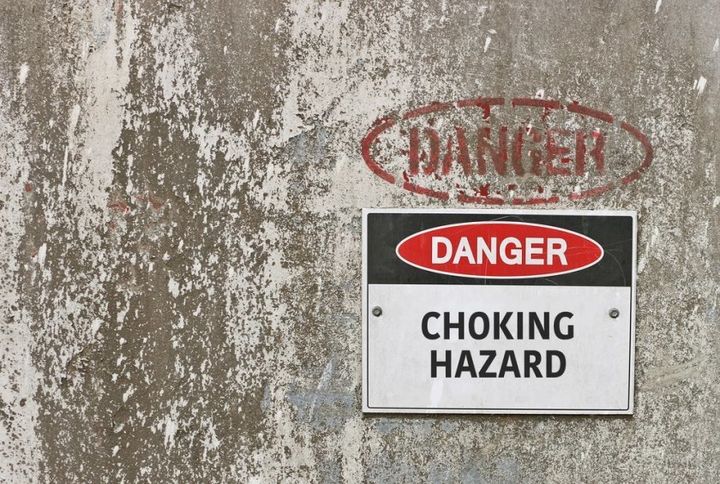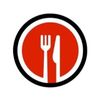Feb 3, 2017 | 12:23 pm
Due to size, shape, or texture, some foods pose a greater choking risk than others

Children and the elderly are most at risk of a fatal choking episode, but this accidental death can affect people of all ages.
Choking deaths are not common in the United States, with only around 5,000 reported in 2015, but they are still the fourth-leading cause of unintentional injury death. Children and the elderly are most at risk of a fatal choking episode, but this accidental death can affect people of all ages.
Choking is the physical obstruction of the flow of air into the lungs, which can partially or completely prevent breathing. Even brief periods of a clogged airway may cause asphyxia — a severe lack of oxygen in the body that causes organs to shut down. Prolonged periods of asphyxia may lead to loss of consciousness, coma, or death.
RELATED TO CHOKING
When people are unable to cough, speak, or breathe, they are most likely choking and need immediate help. The National Safety Council recommends performing an abdominal thrust, also known as the Heimlich Maneuver (click here to learn the proper technique).
But just as important as knowing what to do when someone is choking is to know how to prevent the choking from happening at all. Due to size, shape, or texture, some foods pose a greater choking risk. Stringy, fibrous vegetables like celery or broccoli rabe are difficult to chew, while popcorn and grapes are small enough to get lodged in the throat if swallowed whole.
CLICK FOR SLIDESHOW
TAGS: Choking, Fiber, Hazard
